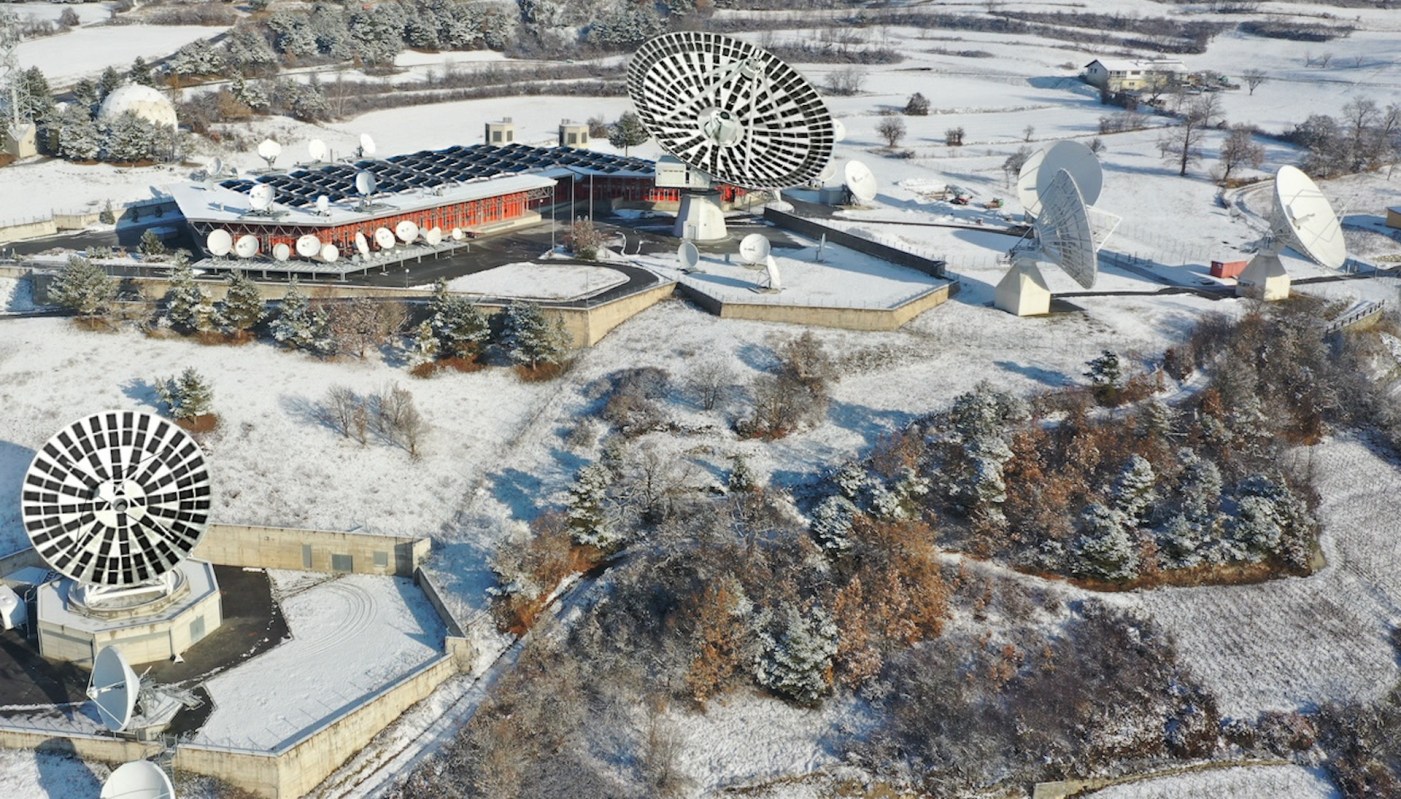Huge, unused satellite antennas that dot the Swiss Alps are being repurposed for clean energy generation.
Two companies have seen the potential of these obsolete structures to create solar power, with their location atop the mountains offering the perfect spot to capture the sun's energy unobstructed by buildings or other obstacles.
Meanwhile, they can also avoid the mist that typically forms in lower-lying areas, making power production more efficient, and they can be moved to the best position to capture sunlight when needed.
CKW Group, which took on the project in Leuk, covers the 32-meter-diameter satellites with solar panels. Each can produce enough power to meet the energy demands of 25 homes, as the company told Reuters.
"Former satellite antennas are ideal as solar energy systems," CKW Group said. "They can be flexibly aligned with the sun and thus generate more electricity than conventional solar panels."
The Swiss government is concerned about available energy, launching a voluntary scheme in August 2023 asking residents and businesses to conserve power. With the winter months approaching, lawmakers were worried there would not be enough gas to warm homes.
But Axpo Group, which owns CKW Group, has talked up the potential of solar power to meet energy shortfalls.
"Switzerland is facing a major challenge: by 2050, there will be a shortfall of around 50 terawatt hours of electricity per year," Axpo predicted, per Reuters. "Solar energy can make an important contribution to the power mix."
This isn't the only example of obsolete items being repurposed for the benefit of the climate. A project funded by the European Union is using Cold War satellite imagery to find forest sites that hold high ecological value. The pictures can also be used to compare areas with up-to-date images to find out which areas are at risk from deforestation.
Elsewhere, former coal plants in the United States are being turned into renewable energy production sites.
The latter is an incredible example of how existing infrastructure that once produced high levels of planet-warming pollution can be turned into something highly beneficial for the planet. Not only is it a welcome shift to clean energy, but it shows that there's not always a need to begin new projects from scratch, which saves time and reduces construction pollution.
Making the most of the location and size of these satellites for energy production instead of dismantling them will help Switzerland's energy security and possibly reduce residents' energy bills.
Join our free newsletter for weekly updates on the coolest innovations improving our lives and saving our planet.









